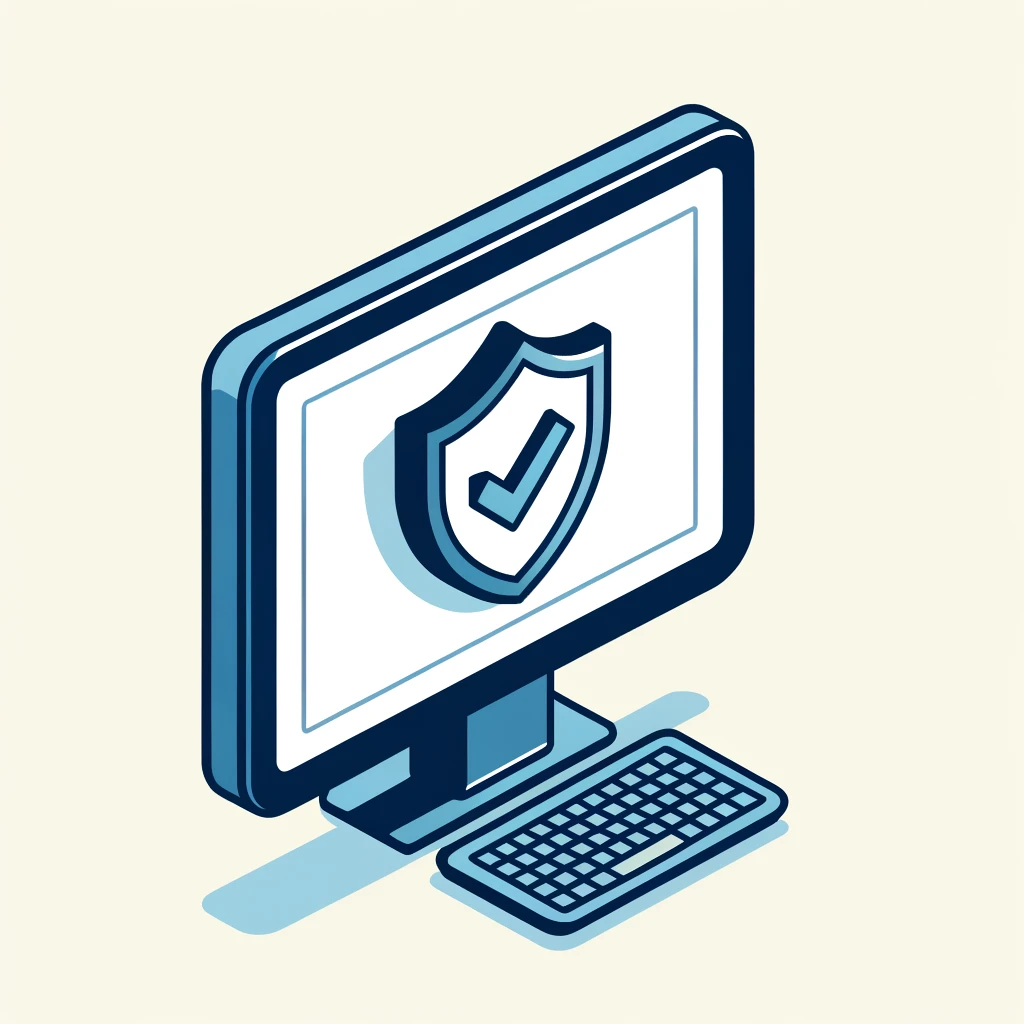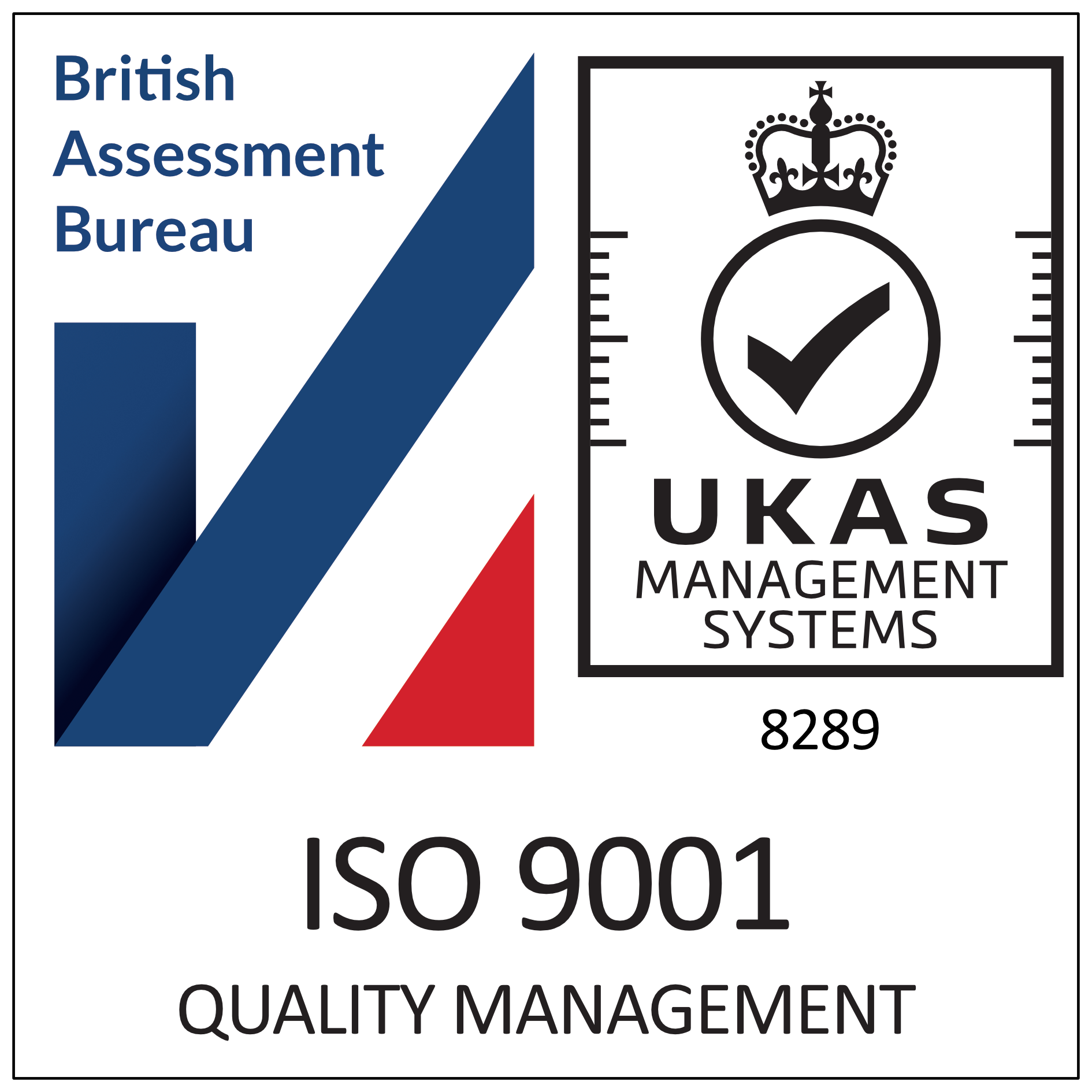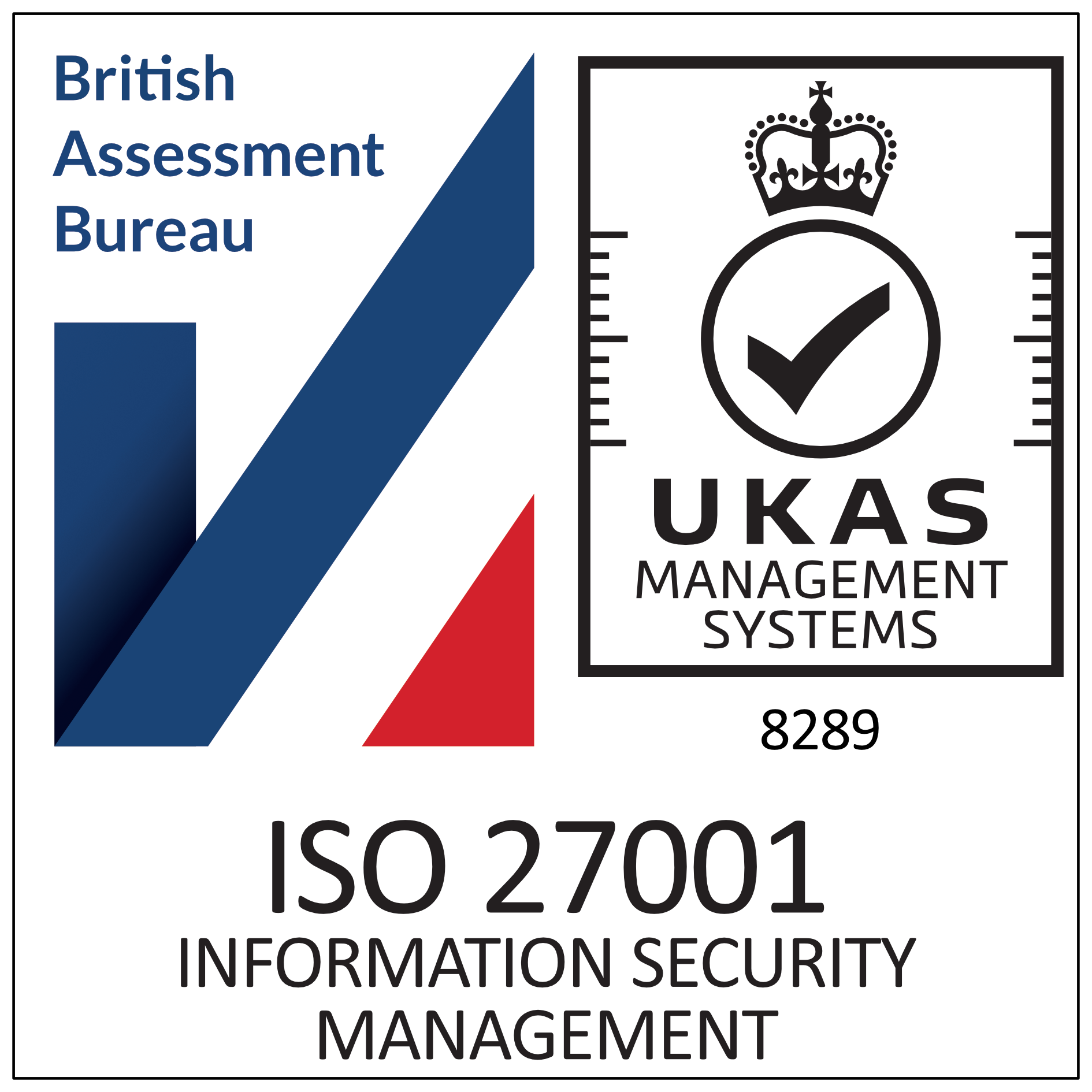The Role of Quality Assurance in Software Development
Quality assurance is a systematic process that ensures software meets specific requirements and standards. It involves rigorous testing to identify and fix defects early in the development cycle. QA is essential for delivering high-quality software that meets user expectations and is free from critical bugs and vulnerabilities.
Importance of Secure Software Development
With cyber threats on the rise, secure software development is vital. QA ensures security measures are integrated throughout the development process, from design to deployment. This proactive approach helps prevent security breaches and protects both the software and its users.
ISO 27001 and ISO 9001: Ensuring Standards
ISO 27001 and ISO 9001 are internationally recognised standards that provide frameworks for managing security and quality. ISO 27001 focuses on information security management, ensuring comprehensive security controls are in place to protect data. ISO 9001 focuses on quality management systems, ensuring organisations consistently meet customer and regulatory requirements.
Testing Techniques and Best Practices
Effective QA in secure software development involves various testing techniques and best practices, including:
- Automated Testing: Speeds up testing and ensures consistency, particularly useful for regression testing.
- Penetration Testing: Simulates cyber-attacks to identify vulnerabilities before they can be exploited.
- Code Reviews: Systematically examines source code to find and fix security flaws.
- Continuous Integration and Continuous Deployment (CI/CD): Ensures code changes are automatically tested and deployed, reducing the risk of errors and vulnerabilities.
Peer Review Processes
Our QA approach includes several peer review processes to ensure comprehensive quality and security:
- Creative Review: Ensures that the visual and user experience (UX) aspects are correct and aligned with the project’s vision.
- Functional Review: Involves thorough code reviews to verify that the software functions correctly and meets all specified requirements.
- Business Review: Assesses the value and relevance of the software in addressing business goals and user needs.
- Accessibility Review: Checks whether the software meets required accessibility standards to ensure it is usable by everyone, including people with disabilities.
- Pride Review: Conducted at the end of a project to ensure the solution works seamlessly across all major platforms, providing a final seal of approval.
Benefits to Clients
Robust QA and security measures offer several benefits to clients:
- Trust: Clients can trust the software is secure and reliable.
- Reliability: High-quality software is less likely to fail, providing a better user experience.
- Compliance: Adhering to standards like ISO 27001 and ISO 9001 ensures compliance with regulatory requirements, reducing legal risks.
Quality assurance is indispensable in secure software development. By implementing rigorous testing techniques, comprehensive peer reviews, and adhering to standards like ISO 27001 and ISO 9001, companies can deliver high-quality, secure software solutions. For clients, this means enhanced trust, reliability, and compliance. Investing in QA is not just about meeting standards; it’s about building software that meets today's security challenges and delivers exceptional performance.






